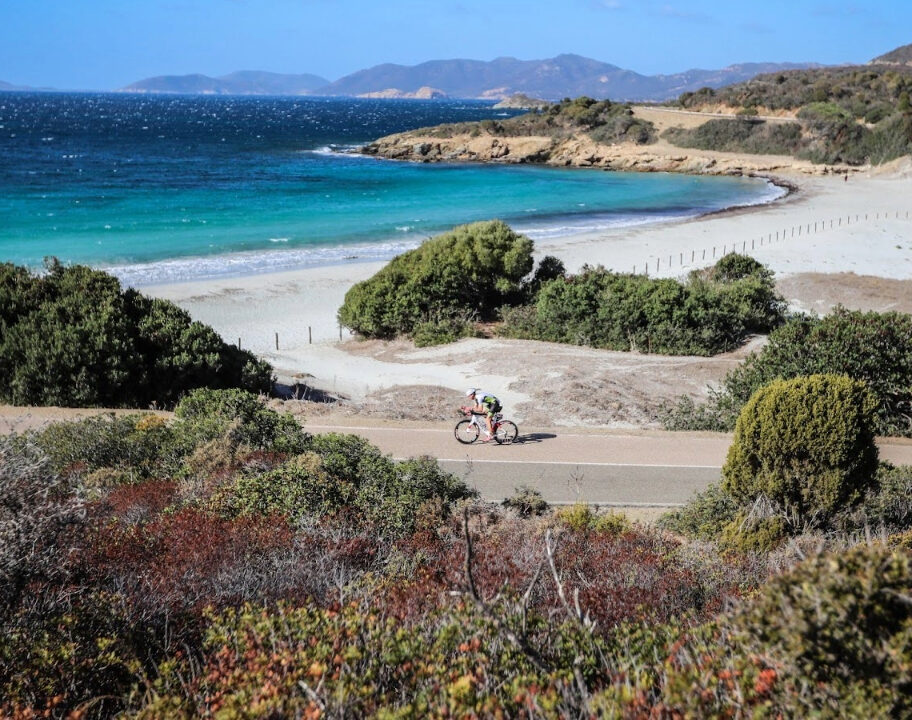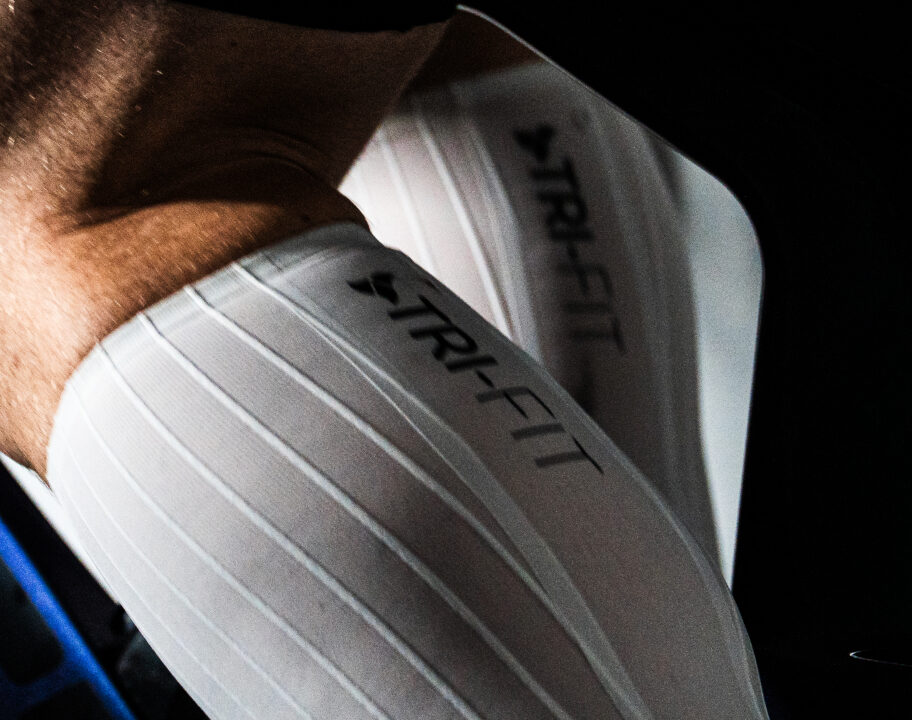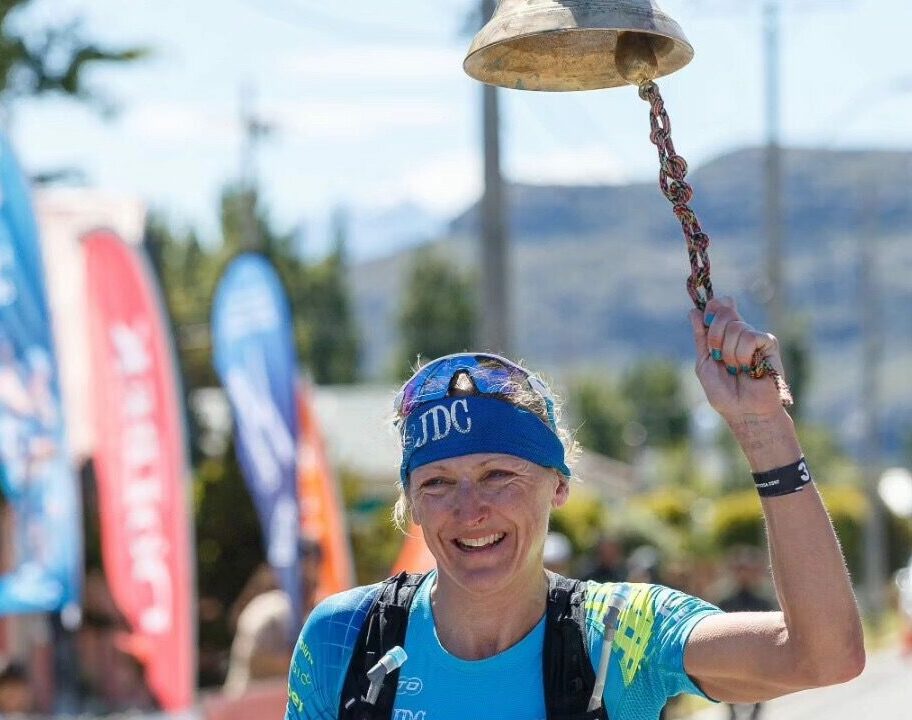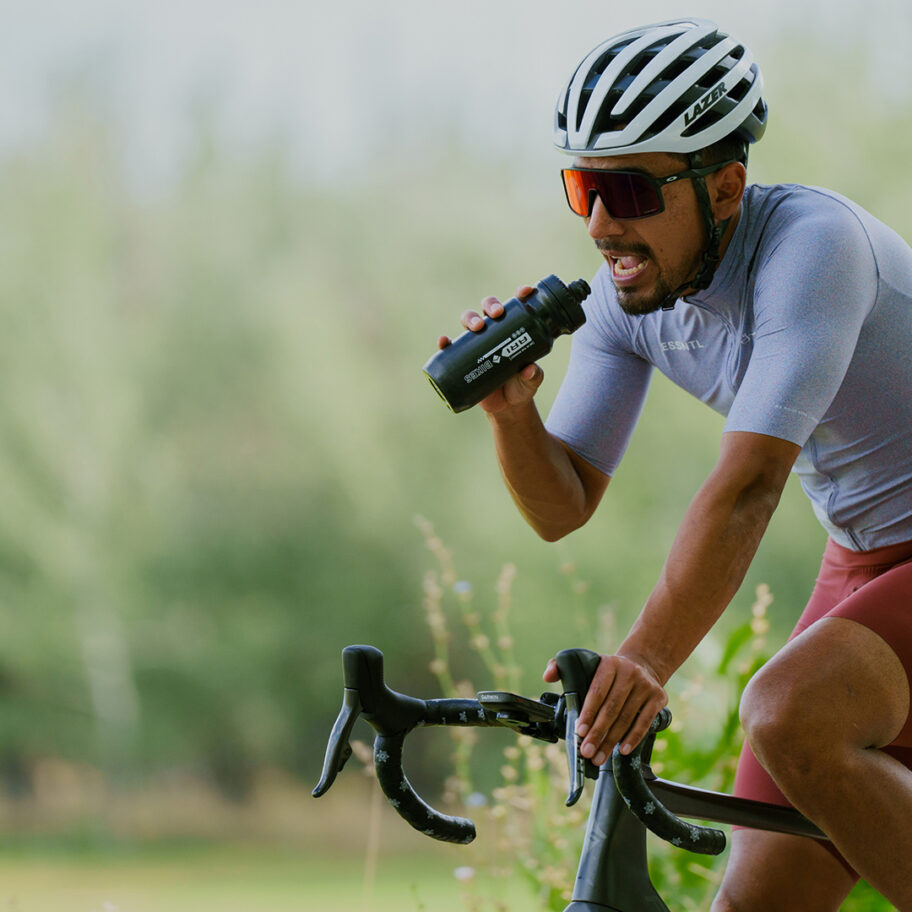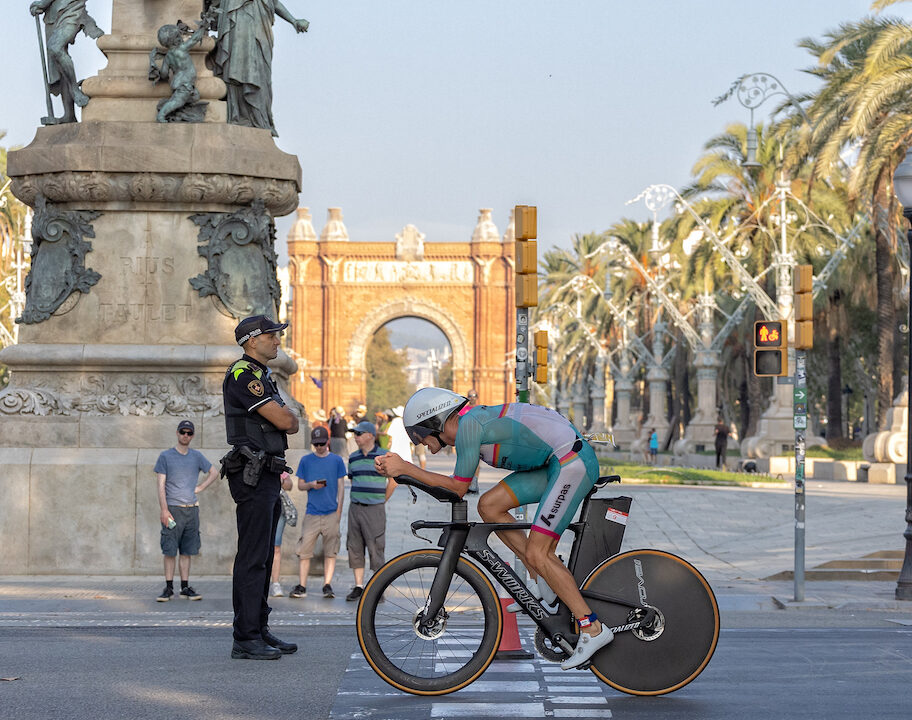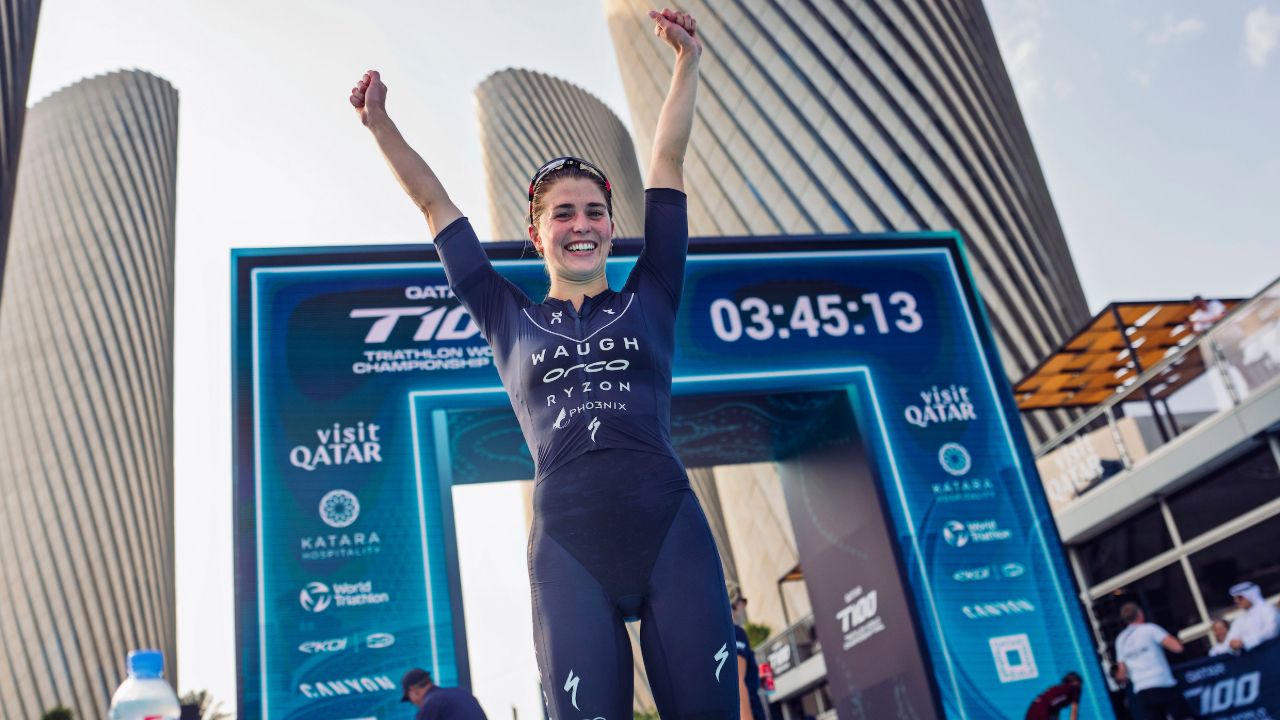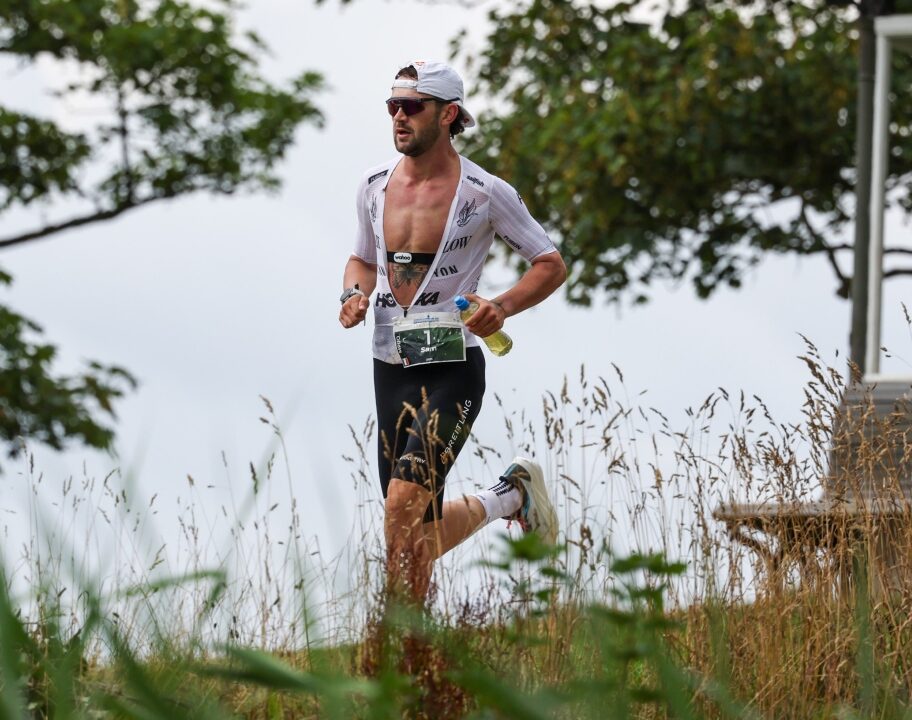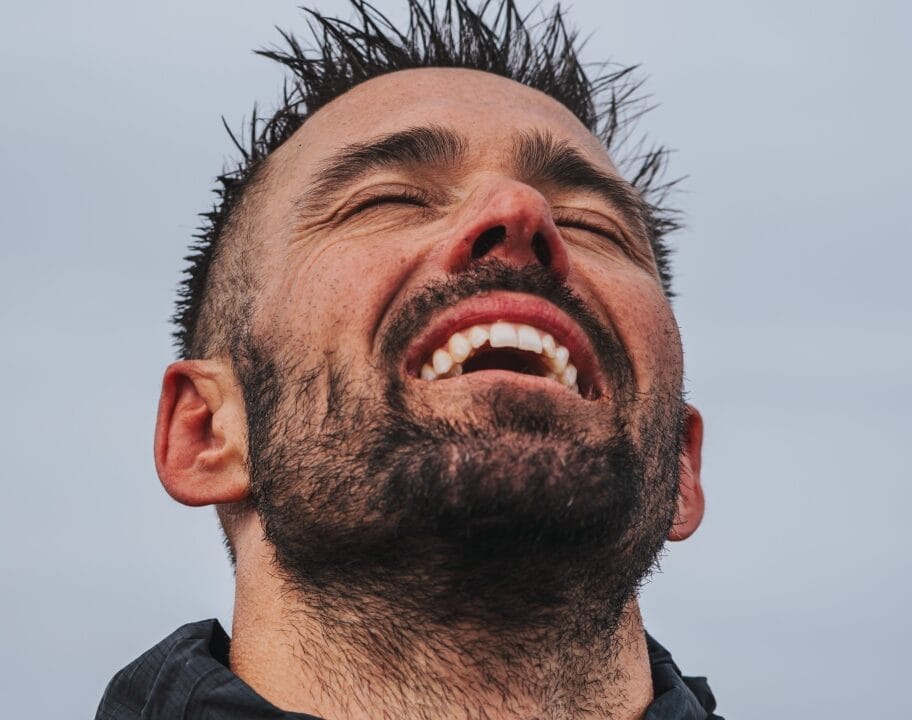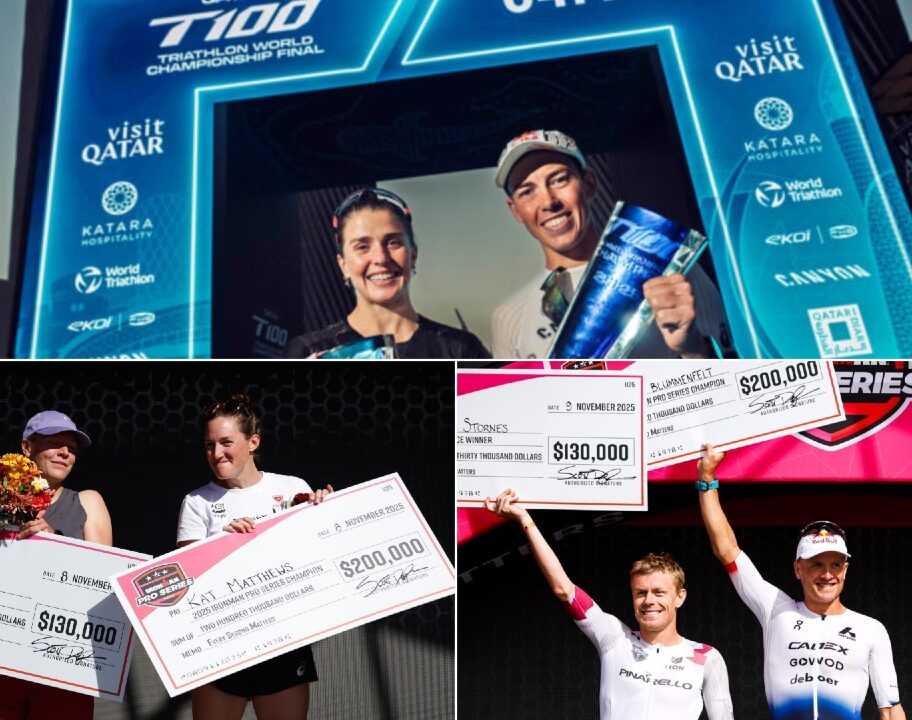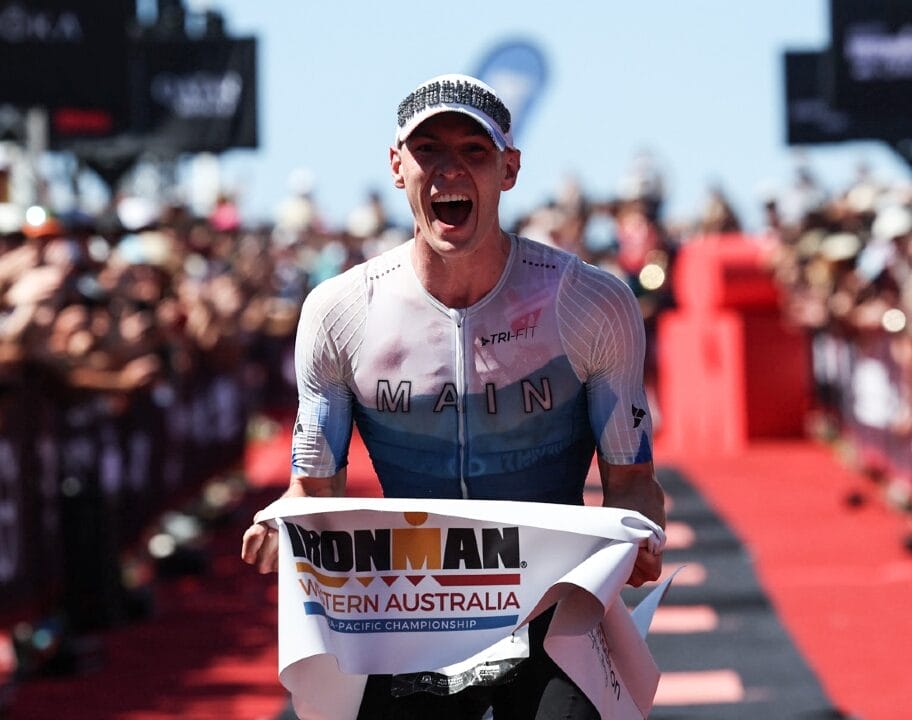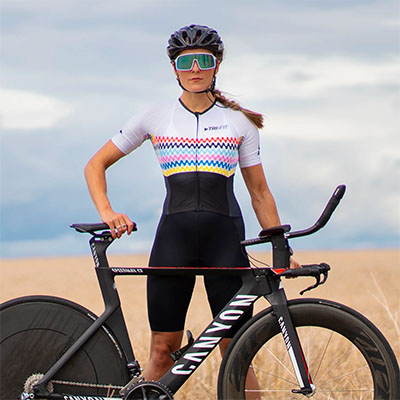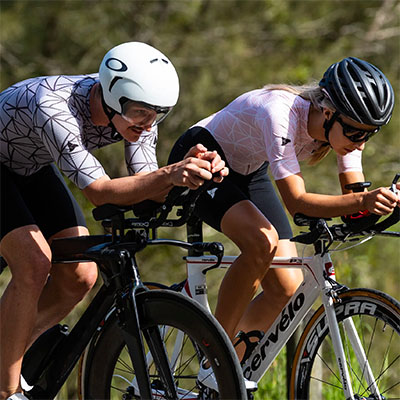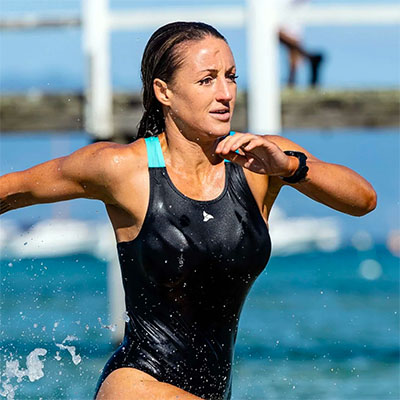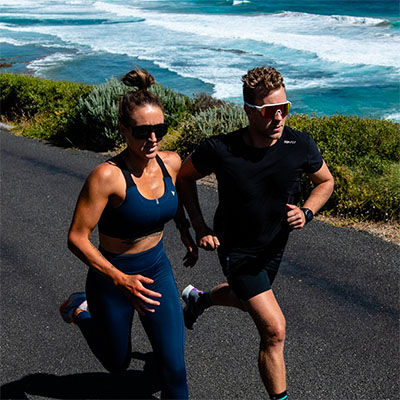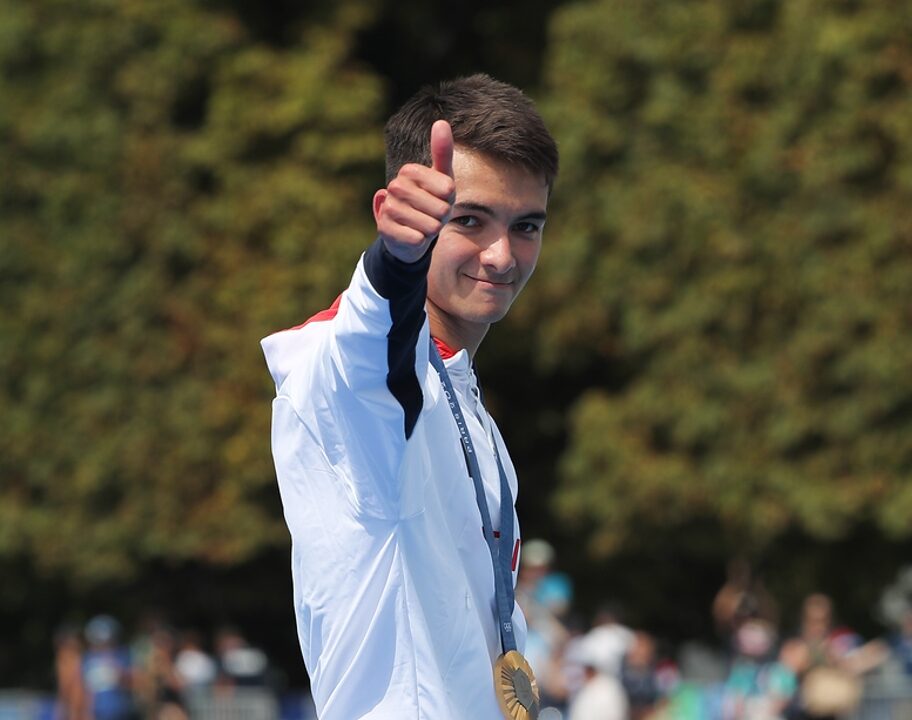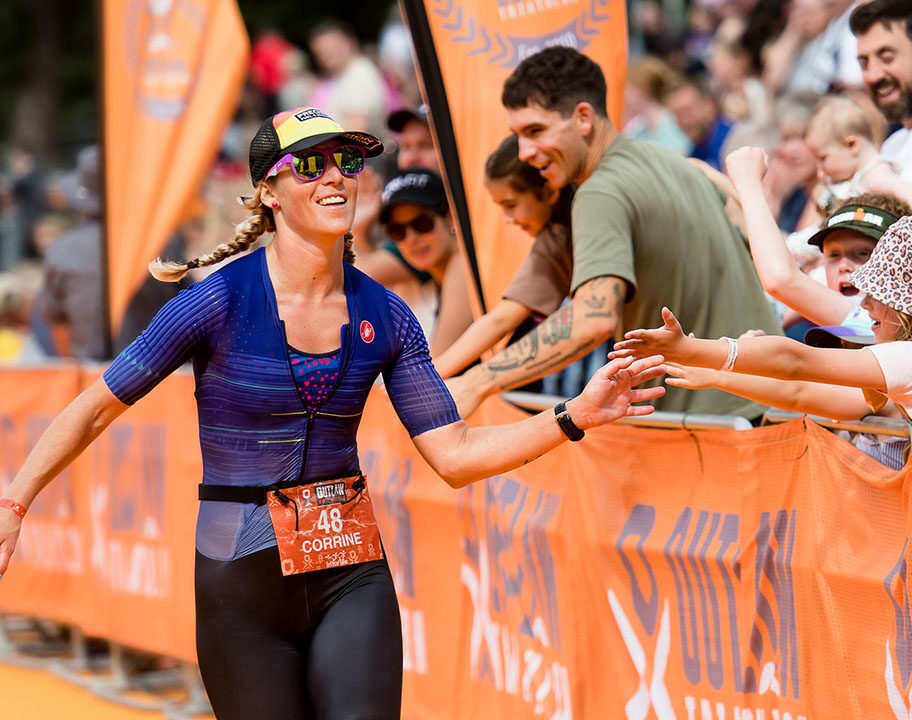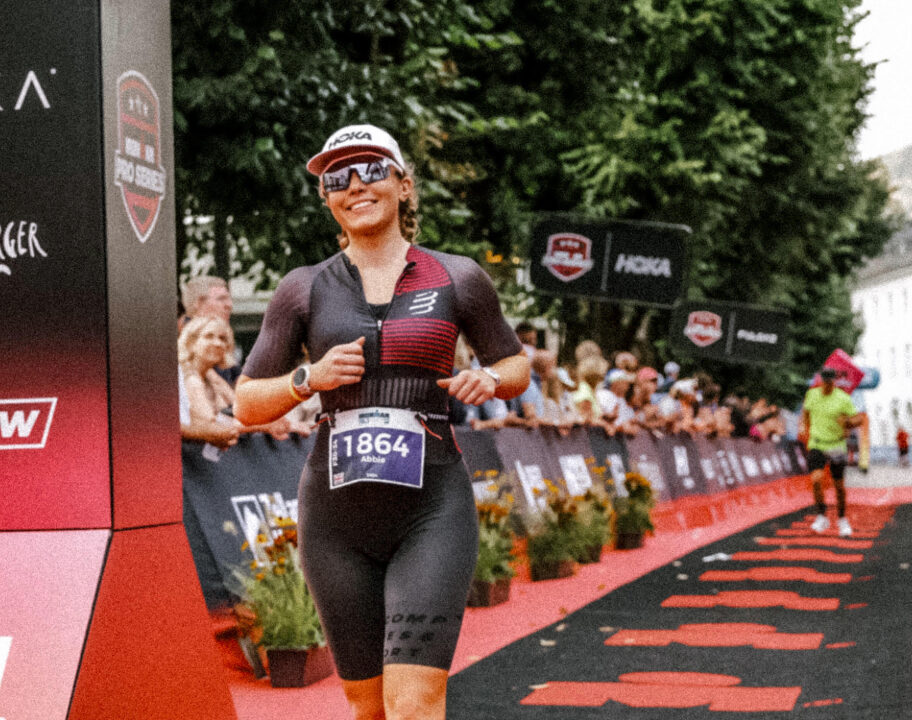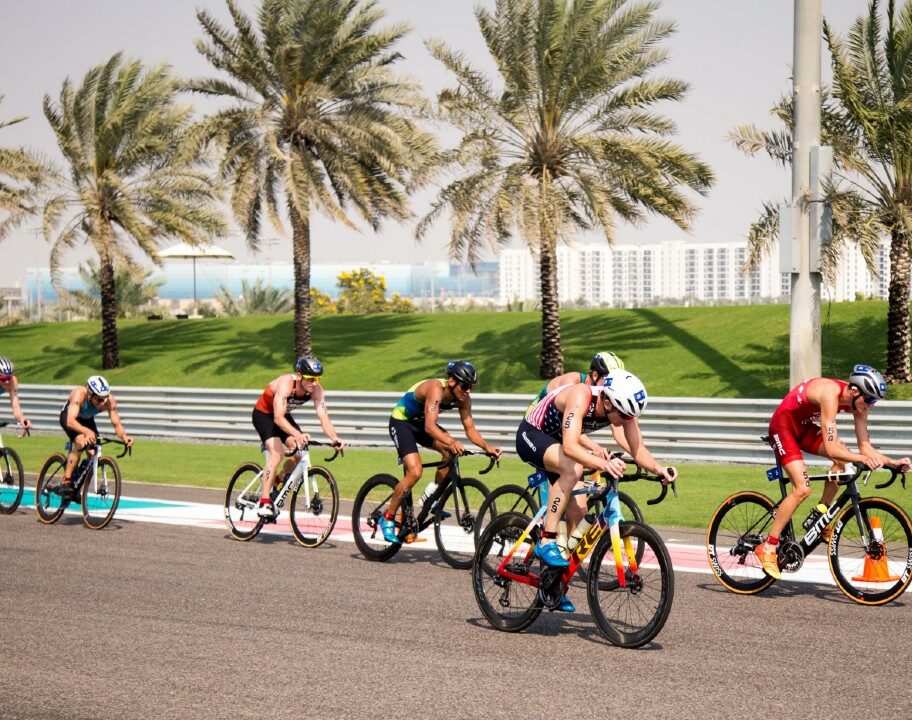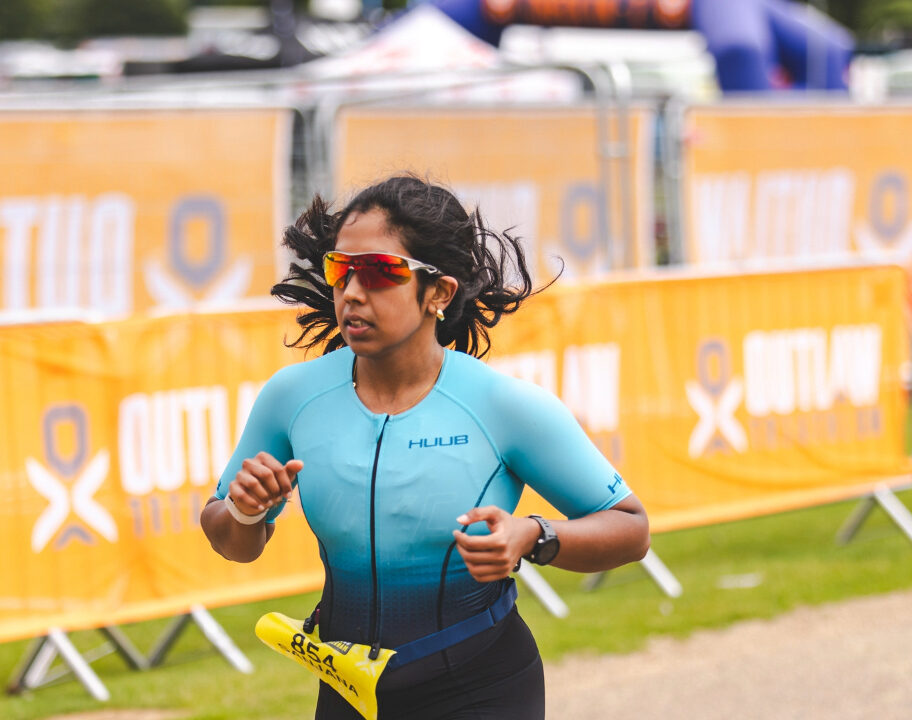Coaching legend, Bill Black, looks at an often avoided area of training – brick sessions – and how they can improve your transition from bike to run.
Nothing improves running more than … running. This is the training principle of ‘specificity’ and it’s something that we have mentioned more than a few times in articles about training on Tri247. However, this being the case, the run is the third sport in a triathlon and you will be far from fresh when you start. We now have to mention specificity again, as running off a bike is something that is very specific to the sport.
This skill does need learning and practicing if you want to race well. The point to remember is that in triathlon there are no prizes for the fastest swim, or bike, or run splits – at least not at age group level. You are only measured when you cross the finish line; only your overall time really matters.
You need to be able to balance your energy output equally throughout the race, from the start of the swim to the end of the run. Burn the rubber on a too-fast bike split and you will pay and suffer for it on the run. That one minute faster bike split could cost you four to five times more on the run – just when it matters.
Break it down
So, how can we prepare for this final run off the bike? Easy!
Every time you finish your long bike ride in training, do a small run off it. Start with a five-minute jog off and out, and then turn round and return back in four minutes. This negative split is critical as it teaches you to ‘run yourself in’ and not go out of T2 (as many triathletes do) like a ‘bat out of hell’. Over time gradually increase this run-off time.
Cadence is a key factor in learning to run well in the final part of the triathlon. If you are a ‘masher’ on the bike who likes using big gears and a slower cadence (80rpm or less) you are not making your job any easier once you start on the run. This is why you should aim to ride with a cadence of 90rpm minimum on the flat. This is so that, once you start to run, your running cadence will match your bike cadence at 90spm (strides per minute). The famous US running coach Jack Daniels (no, not related to the drink!) analysed all Olympic runners from 100 metres to the marathon and found, irrespective of the distance/time, 90 strides per minute was the norm.
So if you ride at less than 90rpm you will be asking your legs to speed up rather than decrease their cadence from 95rpm to 100 rpm down to 90spm which is so much easier, especially as you are getting more tired.
The 10% rule says that your run time in a triathlon should be within 10% of your stand-alone run time for that distance. In other words, if your best 10k time is 40 minutes then in a race you should be able to do the 10k within 44 minutes. Any longer, then you need to ask yourself why; and a too-fast bike split will probably have caused it.
Bricking it
Brick sessions are excellent training. A ‘brick’ is a training session where one sport follows another sport. Examples would be swim to bike or, in this, case bike to run. What makes the transition hard is that the main muscles used in cycling are the quads (in the front of the legs) whereas the main muscles used in running are the hamstrings (in the back of the legs). Bricks can be done indoors or outdoors and for race simulation. If done indoors, in a gym for example, going from a gym bike to the treadmill, or using your turbo trainer indoors and then going for a run. You can set either distances to cover or set the times you want to train for; bike for five miles run two miles or bike for 15 minutes and run for 14.
Finally, bricks can be used as race simulation and for practicing quicker transition times. As above, set the time and/or a distance for bike and run but now the emphasis is on changing from bike to run in the quickest time possible. The brick sessions can be repeated a number of times within a short period of time.
So remember; train smart and race smart! All the best to you all.
